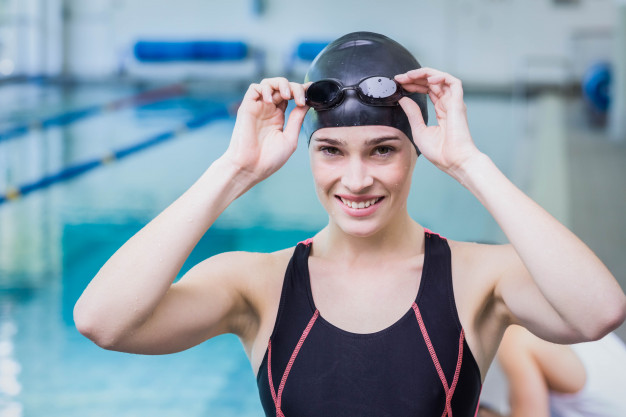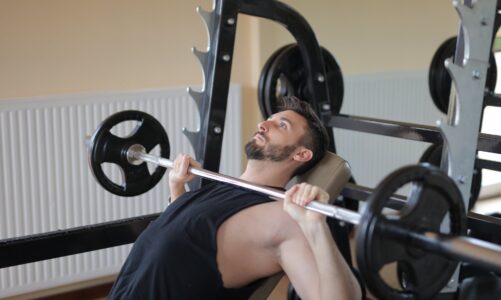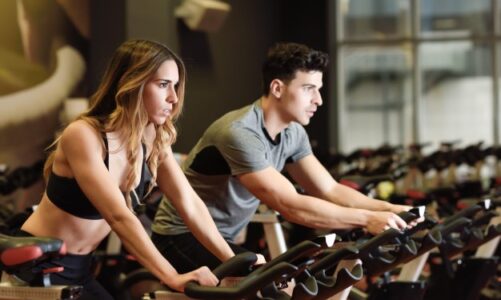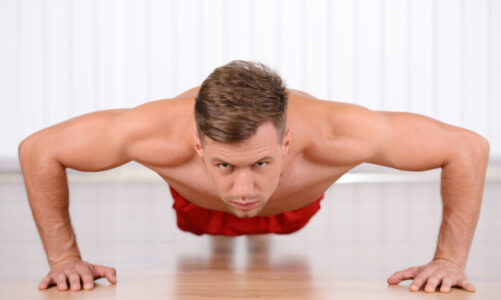If you are used to running on a treadmill or pedaling on a static bike for your cardio workout, I recommend you try something different.
Something different, something more pleasant and something better from many points of view: swimming.
When you swim, you move about all the muscles in your body. You have probably heard this because it is the main benefit of those who promote it as a type of physical training.
However, it is good to know the whole truth.

You move almost all the muscles of the body if you change your swimming movements. That is, if you swim only the classic style (crawl) you will lose some of the best muscle groups required for bras, “back” butterflies, etc.
For this reason, it is important that after a short period of getting used to the effort, you start to vary the movements as much as possible.
To combine the various techniques, so that you really work as many muscle groups as possible.
In a way, things are the same as in fitness or bodybuilding workouts: several types of exercises to cover as many muscle groups as possible.
Also, if you are still in the pool you can try a series of exercises that involve nothing but hitting movements underwater.
They are excellent, I suppose including anaerobic effort and they do wonders for increasing muscle strength. You will not significantly increase muscle mass, but you will acquire what I might call “muscle fiber quality”.
Other benefits of swimming
Beyond the fact that swimming involves contracting a large number of muscle groups, this physical exercise also brings a number of other benefits to the physical and mental health of the practitioners.
- strengthens the cardiovascular system
- increases your lung capacity
- it increases your capacity for effort
- is an excellent stress reliever
- you burn more calories than you run
- you develop your muscles harmoniously
Butterfly Swimming Technique is the most demanding style
The “butterfly” technique is about the most physically consuming of all the usual swimming techniques.
It involves the highest caloric intake and helps you increase your physical strength in a way I would say impressive. That’s even if in the first phase you have the feeling that the shoulder muscles are the most requested.
Normally, the number of calories burned depends on a number of factors, the body weight of the swimmer and the intensity with which he performs the movements.
For guidance, an adult of 75 kg consumes approximately:
- 800 calories / hour butterfly style
- 750 calories / hour bras
- 650 calories / hour (classic swimming)
- 500 calories / hour on the back
Why you should train on the ground
Swimming alone has its disadvantage: it does not help you in increasing bone density.
You get this benefit with exercises that involve the use of weights, whether we are talking about your own body weight or free weights (dumbbells, dumbbells, etc.).
Personally, I am not attracted to the complicated appliances through the fintess rooms and I do not get to recommend them. So I don’t do it this time either.
Therefore, do not forget to include this type of exercise in your training sessions.
Moreover, if you intend to do demanding swimming sessions, schedule them on days when you do not do another type of training in order not to get into a harmful state of overtraining.
Bonus in the water
Besides all the benefits I mentioned above, there is still one very important one.
Unlike physical exercises outside the pool, swimming does not require your joints as much.
For example, if you have a high sensitivity in the joints, swimming can help you maintain a good effort capacity without affecting them.
In water, body weight no longer requires joints, and the shocks taken by the body when running or doing other movements on the ground sports almost completely flush during swimming.
Including cycling is “tougher” from the perspective of these shocks for the body compared to swimming.




